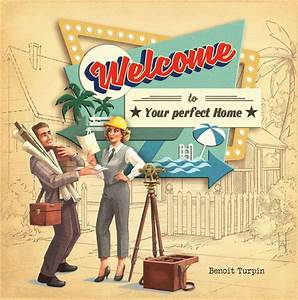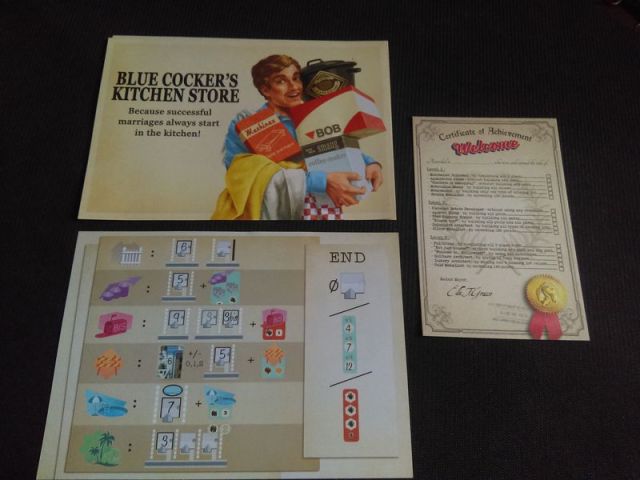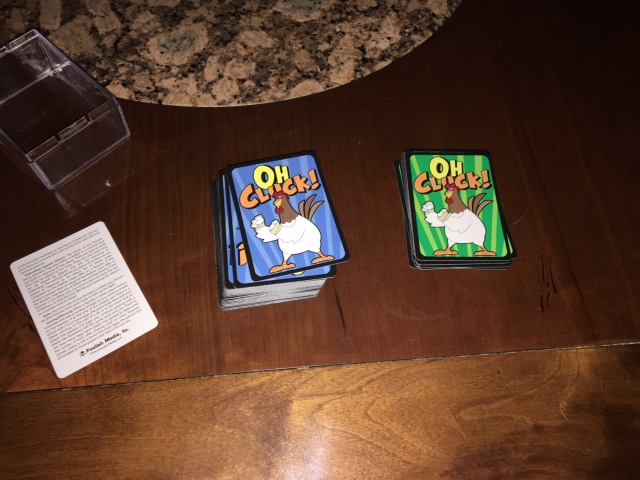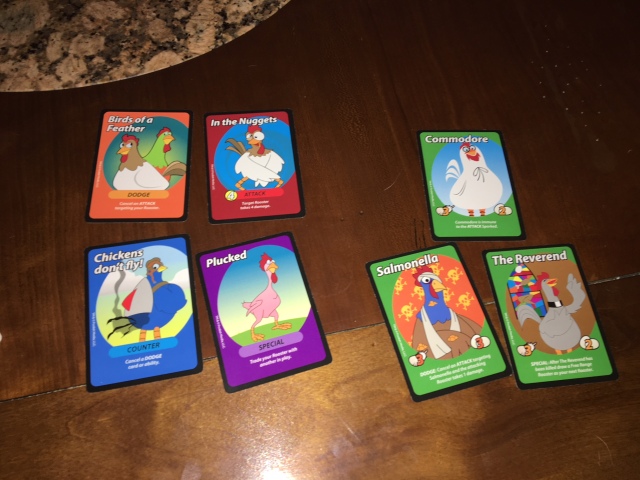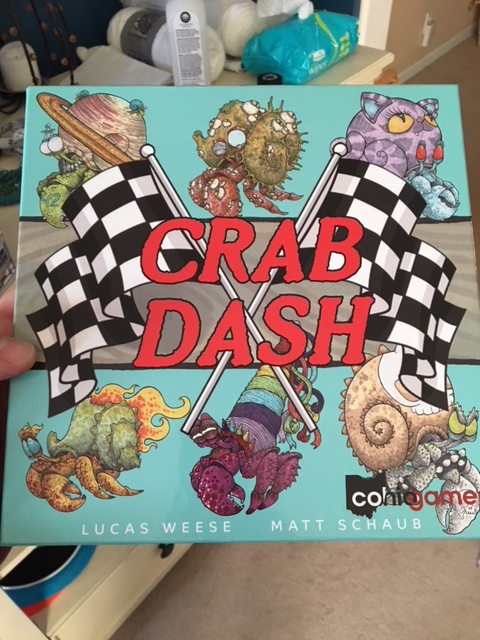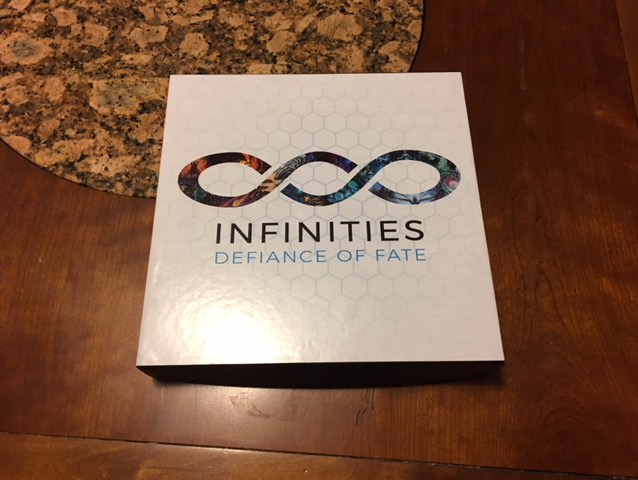
Today we take a look at a game I was very excited to see arrive. Infinities Defiance of Fate is a lot of game. This prototype was provided for the purpose of this written preview. The art and assests are not final and are subject to change. The game is scheduled to go live on Kickstarter on 2/20/18.
Where to start? There is a whole lot of game in this little box. Infinities is several things. It has a story based adventure mode about a world caught between two different times. It has a team based skirmish mode. It even has a free for all skirmish mode. The game plays 2-4 people and takes about 20-30 minutes per player. It is a blend of tactical war game and strategy card play. The board is a hex based modular board that you create as you play. You will each select a leader from a choice of not only two very distinct factions but also multiple leaders per faction. Now this is where things get interesting. Each faction has its own deck. This deck is shared among the players whose leaders belong to that faction. Your leader boards contain most of the information you’ll need as you play. Your play area will look something like the picture below. You will roll dice to determine what actions you take on a turn. These dice can be manipulated using your special abilities. Once you lock a die in (by placing it on your leader board) you may no longer manipulate (change the face of) the dice.

As you can see your leader board will contain three rows of abilities used to manipulate the action dice. They also have a set of unique powers called gambits. Two of these abilities are activated using the gambit spaces under the leaders picture. The other two are activated by the dice themselves. If you look you will see that there are three spaces on the card that contain white circles. These are your play area for cards and the white circles indicate how many cards can be in that area. There is a hand limit of five. You may have three cards in the prepared area, and a further four in your group. While your hand is self-explanatory let me clarify the meaning of prepare and group. To prepare a card you pay one energy to place it in that area. On the next turn you may pay another energy to activate the card and add it to the group. This allows certain cards to use special abilities but also allows you to play them a little cheaper. Strategically this can be very important. The group is your units that are used for combat. Each card has a cost, specific attribute which affects the tracks on your leader card, and of course an ability. There is another type of card that are not units but just abilities. These are played and then discarded. These are just the barest basics of card play.
The map is modular and consists of both timelines as you can see in this picture.

The rift is your starting tile in skirmish. From there in turn order you will then play two tiles from either stack. You’ll move your leader (designated by a pawn in the prototype). Now as you can see each tile has a number. That is influence and determines play order. The other symbols give you abilities to use either by going through, starting, or ending a turn on them. This is the most basic of explanations of course. The tiles themselves can be flipped, moved, and manipulated also.
In adventure mode the two factions have branching narratives with asymmetric actions, win conditions, and objectives. The skirmish modes (free for all and team) are a points game. You each have a tide marker that starts at 50. If someone hits 0 or 100 the skirmish is over. There is an objective card chosen at random which gives points for specific actions. So as you can see there are a lot of moving parts at play. I don’t want to spend all of our time together reading you a rule book however. As is customary when I do these previews lets talk about how feel about the game. For more detail on rules make sure to check the board game geek page for the game. Now on to my thoughts on the game.
Well as you can see above I gave a very general introduction of some of the more important aspects of the game. It truly is a very strategic game. It also has multiple layers. You have two separate factions which have different styles of play. You have to be mindful of the map itself as it is being manipulated by other players. Another layer of strategy comes from the cards you get and even the way in which you bring them to the field. I could go on and on about the strategies I’ve thought up but I think it is more fun to discover yourself. The narrative that surrounds the adventure mode is also very fascinating to me. I really am excited to see how the narrative plays out. All three game modes work very well even though the factions are different they are balanced. The art direction is great. The prototype has a lot of place holder art but the art that is there is fantastic and evocative of this very foreign world it inhabits. Allow me to share a couple of my favorites below. The top image is Auren (The Lord of Ashes) one of my favorites from the Ob’dija timeline and the other is W-01A (the World Bracer) from the Xilsen timeline.
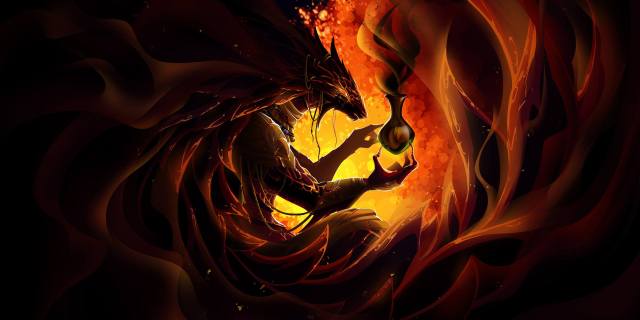
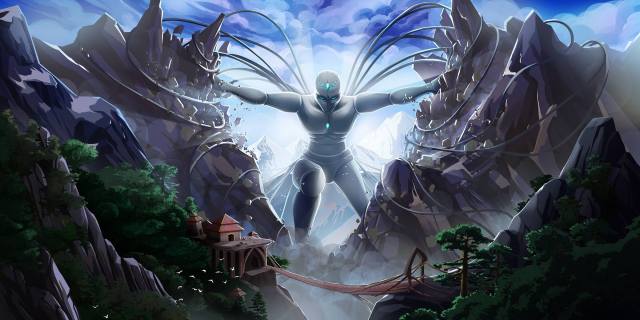
The game is very crunchy though. It will take a couple of plays to really get the feel for all the moving bits. That is before you really start learning the ins and outs of the strategy. In short you’ll certainly get more out of this game than the box leads you to believe. I could ramble on about how much I liked what I played, and how deep a rabbit hole of strategy and quality that this game contains. The important take away and my final word on the subject is that you should back with confidence. This is something special and unique. It is an awesome experience and one I personally cannot wait to dive into once its finished.
